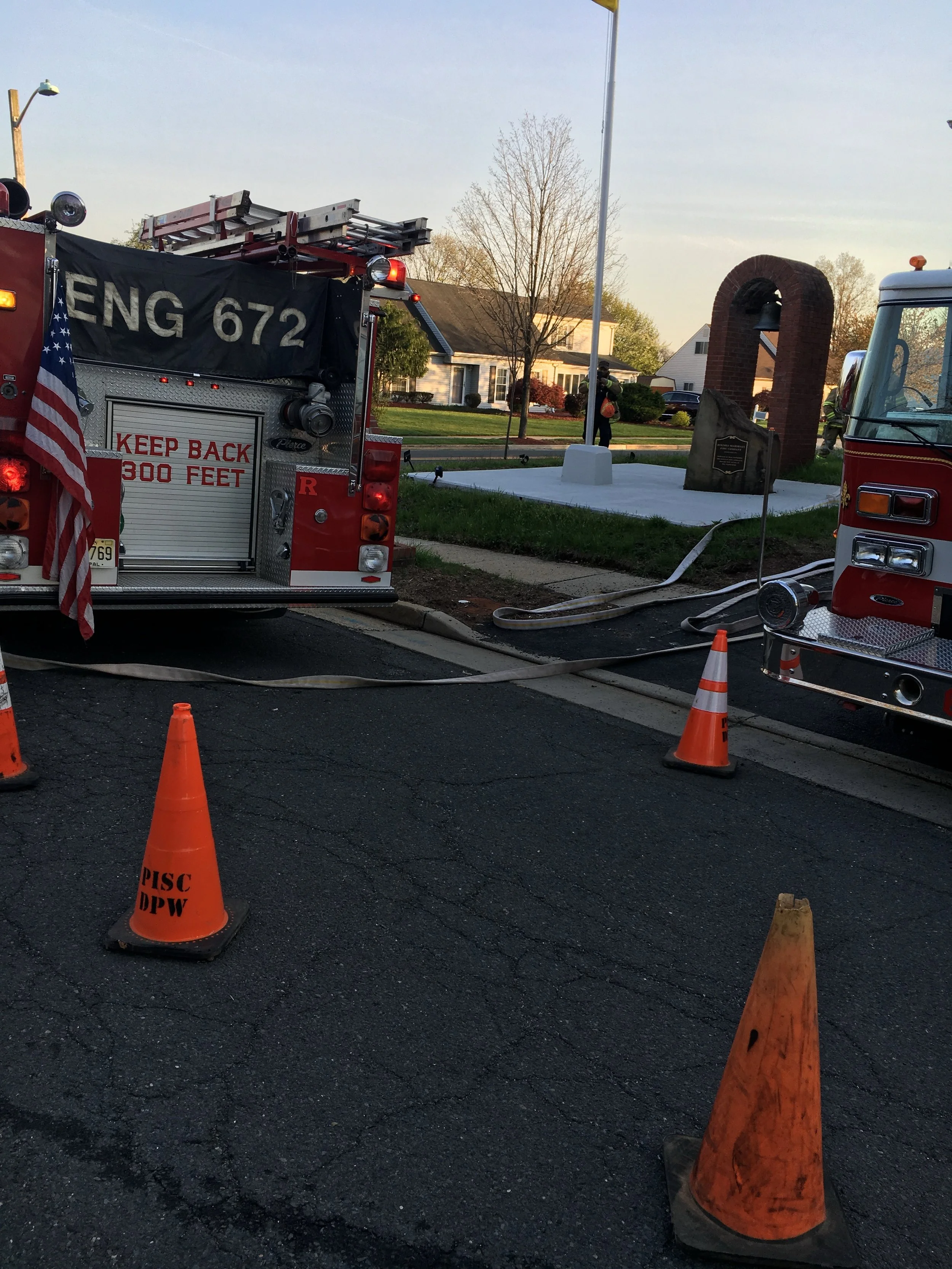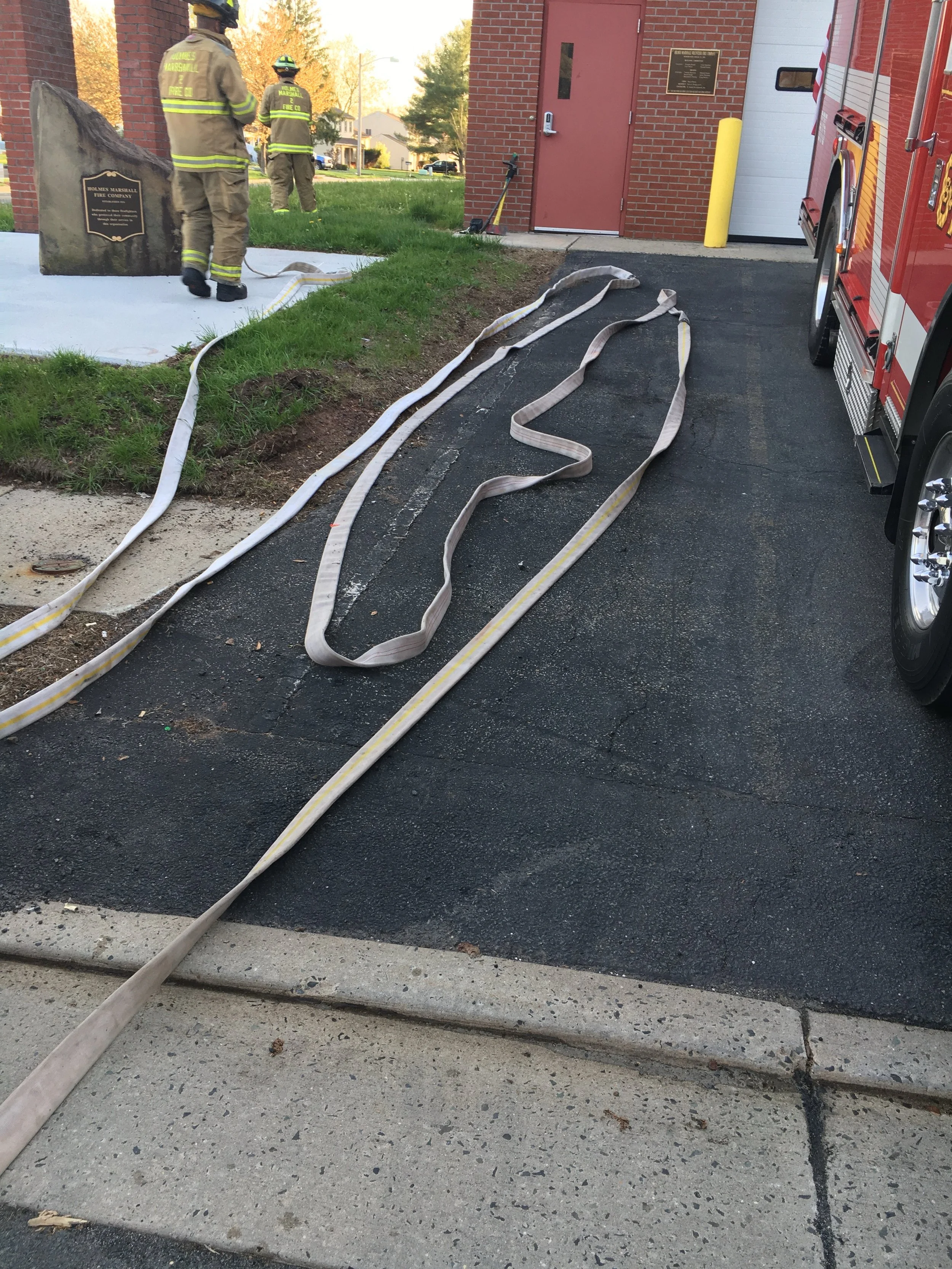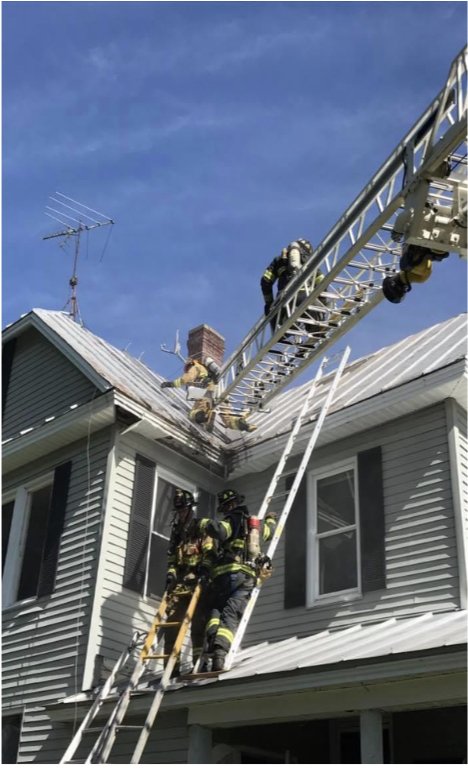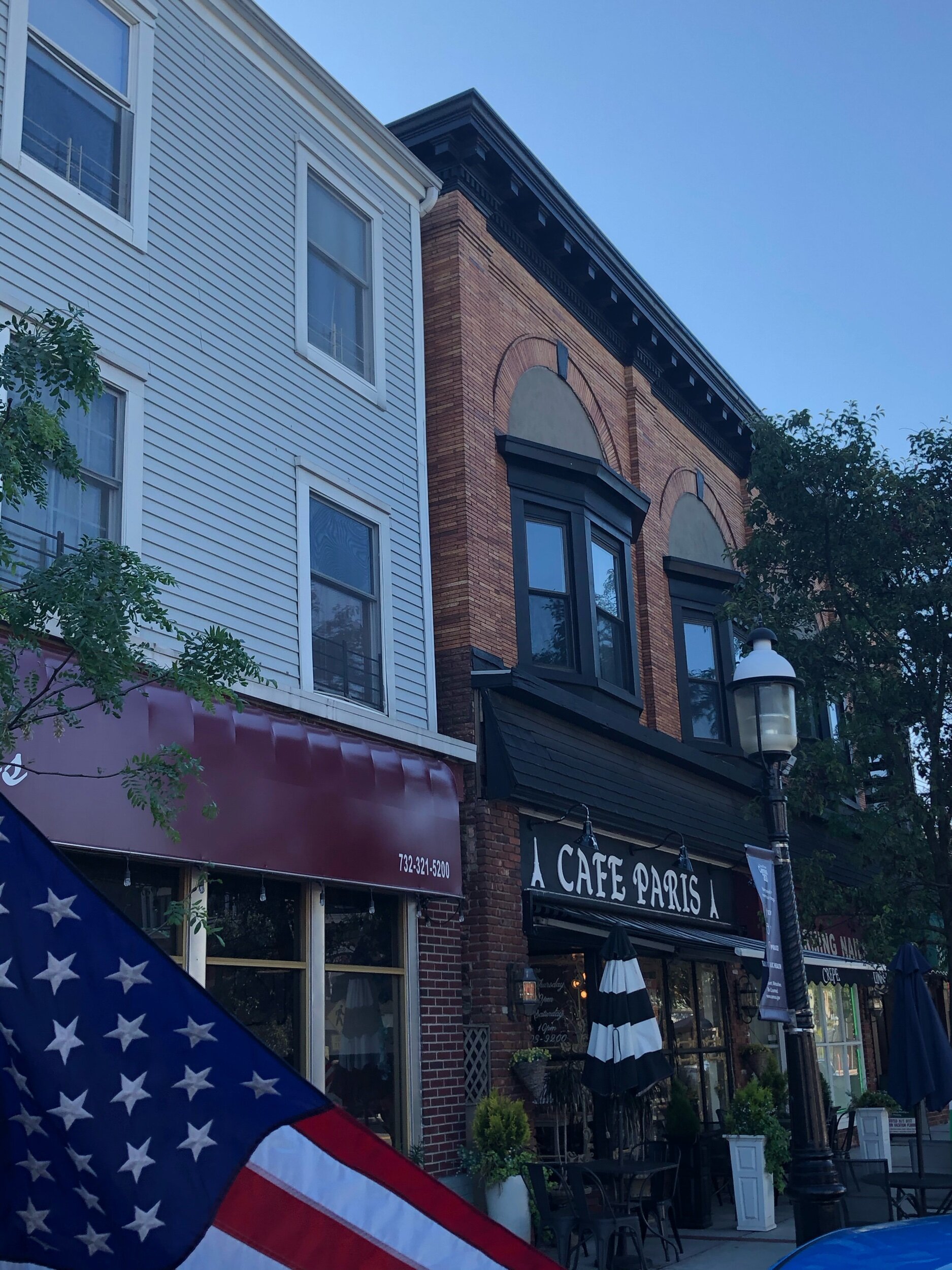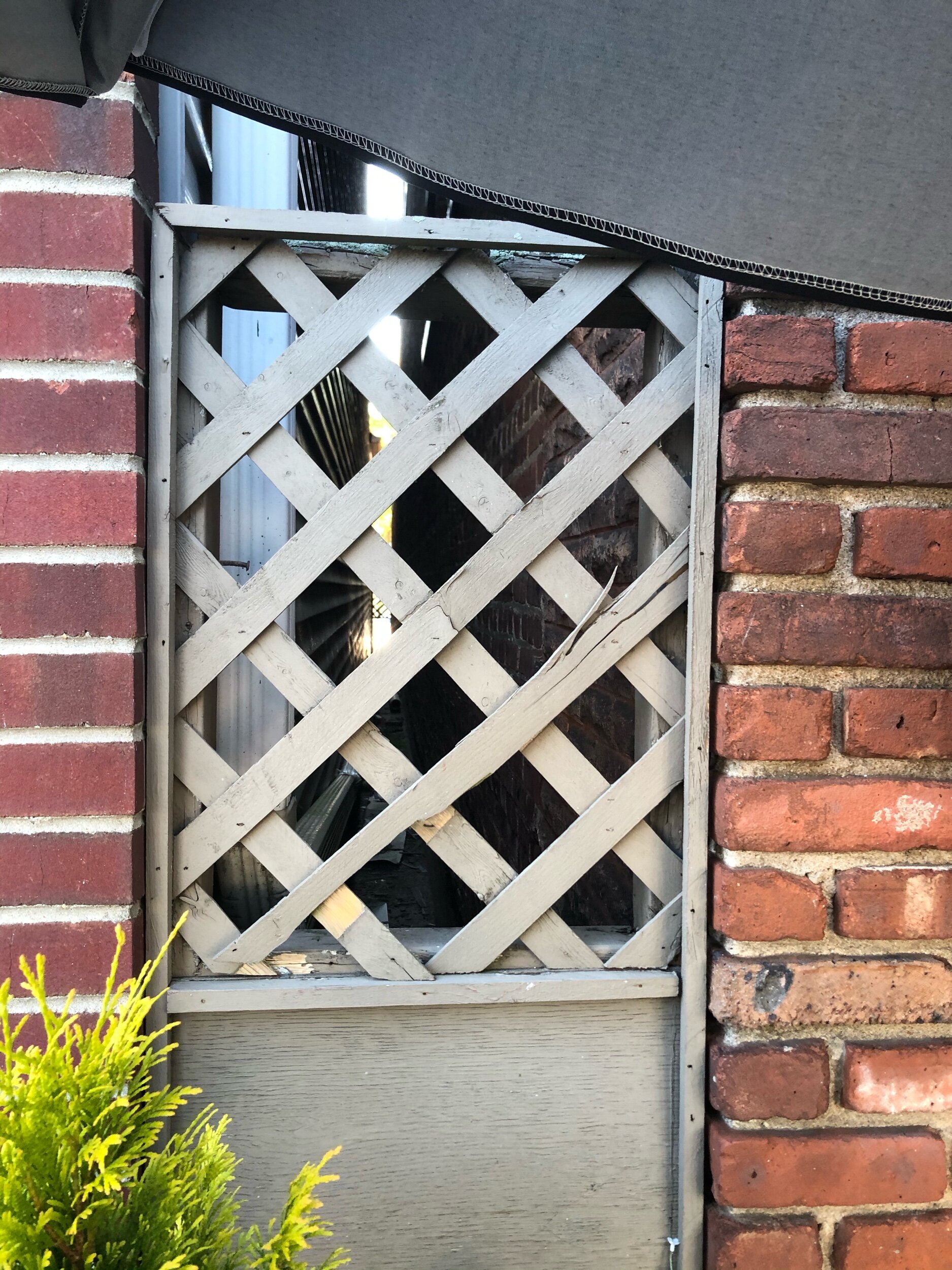Attacking and Defeating the Hockey Puck Lock
Being a firefighter, we have various challenged consistently thrown at us and as such it is our job to defeat and overcome them.
As businesses and homeowners look to ramp up their security systems with more cameras around the perimeters and such, it is very common for high security locks to be added to various entrance points of the structure. The mindset is to make the structure as different as possible for criminals to enter and this trickles into making it more difficult for firefighters to make entry should an emergency arise that we need to get to.
When we think about gaining entry to a structure, we know it is something we must train on and something we must be proficient in. So, challenge accepted. Since as firefighters, there is no challenge we cannot overcome - or at least think we cannot overcome. The kitchen table is where we solve all the world's problems.
The challenge of this article is to list out various methods of forcible entry in defeating The American 2000 lock also known as "The Hockey Puck Lock".
This lock is found is a variety of places and sometimes may show up when you least expect it. Typically found on roll up doors on commercial occupancies, these locks can also be found on commercial garage doors, basement doors (Bilco doors) and box trucks.
Due to its round shape, this lock puts the keyway and pin & shackle within the body of the lock itself. By this design, it is created to cause difficulties for criminals to cut the shackle and gain entry.
Here are a few ways to attack and overcome the hockey puck lock
Method #1 - Attack the lock (no guard)
The lock could be attached to some kind of heavy-duty door or gate and quickly being able to identify if there is a guard around the lock or not will determine if you will be attack the lock itself or go through other means. For this method, we will go through the lock itself since there is no guard around the lock.
The quickest and most efficient way in attacking the lock is to use a standard pipe wrench (many truck companies have these in the cab or tool compartment of the rig) and get a solid bite on the lock with the wrench. From there, you simply pry downward with the wrench, breaking the hasp eye.
American 2000 (hockey puck) Lock Hasp
Method #2 - Through the Lock (with guard)
Hockey Puck Lock with Guard
Many of these locks will have a guard around them protecting the lock and therefore preventing the use of a wrench or striking down the lock by other means.
In this case, when faced with a guard around the lock, it is best to cut through the lock itself. For this method, it is best to use a rotary saw equipped with a metal blade.
Locate the keyway
Cut about three-quarters up the lock, opposite of the keyway
Cut completely through the lock and guard
This should damage the hasp and enable the lock to be removed from the door or gate.
For those unfamiliar with this type of lock, it could be a daunting task to complete. However, take time during pre-planning and non-fire incidents in occupancies to locate these types of locks and add them to your pre-incident size-up and practice these methods of entry with the crew. A few minutes breaking locks will save precious minutes on the fire ground figuring out how to get through it.
Until next time - work hard, stay safe & live inspired.





